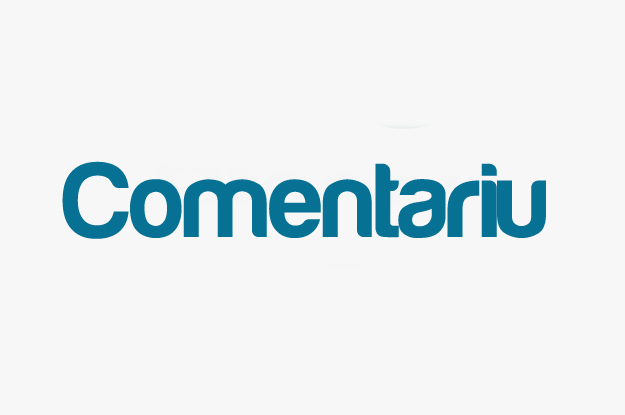
Doina Costin, expert in media law
Firstly, we believe there is a poor understanding of the media ownership transparency concept per se and of its democratic value. Actually, as it is outlined in our country, the purpose of this desideratum, which is in fact legitimate and innocent, is to uncover the true owner and decision maker of the editorial policy of several TV stations with nationwide coverage, instead of speculating with the concept of transparency and media pluralism.
And the second intervention, which has a permanent nature, refers to the obligation of broadcasters to ensure ownership and funding transparency through annual publication of information about property and funding. Both transparency obligations provide hypothetically access to comprehensive information on radio broadcasters’ owners, while the veracity of the information provided is a real challenge.
There are a couple of requirements for a healthy functioning of the Audiovisual Code: decisional autonomy of the CCA, decisional transparency of the CCA, involving participation of third parties in decision making including by providing information on the owners of a broadcasting license applicant or radio broadcaster and against which CCA should initiate, if necessary, investigations of their own or with the support of other authorities and good faith of all involved actors.
As to the existing broadcasters, they are obliged to report, on an annual basis, the identity of owners and financing sources. The effectiveness of this provision depends, in a decisive way, on the control and sanction mechanism held by the CCA under the law in force.
The current legislation lacks a control and sanction mechanism necessary to ensure the effectiveness of this provision. The CCA has no specific responsibilities and resources to exercise control, sometimes even ex officio, and no effective sanctions to respond promptly to an infringement. What effect might have a fine up to 5400 MDL on a monopolist rooted in offshore zones when he, after being imposed graduated sanctions for 3 years, managed to manipulate enough to achieve an immediate political target? And this problem requires resetting the whole existing sanction mechanism in broadcasting, which, by the way, was compromised more than once.
Perhaps the draft law raises skill-related difficulties in addressing the subject of media ownership transparency among the officials involved into the legislative process… The technical difficulties are accompanied by the political ones, creating controversies that go beyond the legislative area. This leads to a situation where a proposal, instead of being improved by the authorities, is trivialized or blocked. We would like to conclude by making a call for good faith, and we wait for changes for good after the parliamentary elections end.
_____________________
The article was published within the Advocacy Campaigns Aimed at Improving Transparency of Media Ownership, Access to Information and promotion of EU values and integration project, implemented by the IJC, which is, in its turn, part of the Moldova Partnerships for Sustainable Civil Society project, implemented by FHI 360.
This article is made possible by the generous support of the American people through the United States Agency for International Development (USAID). The content are the responsibility of author and do not necessarily reflect the views of USAID or the United States Government.










